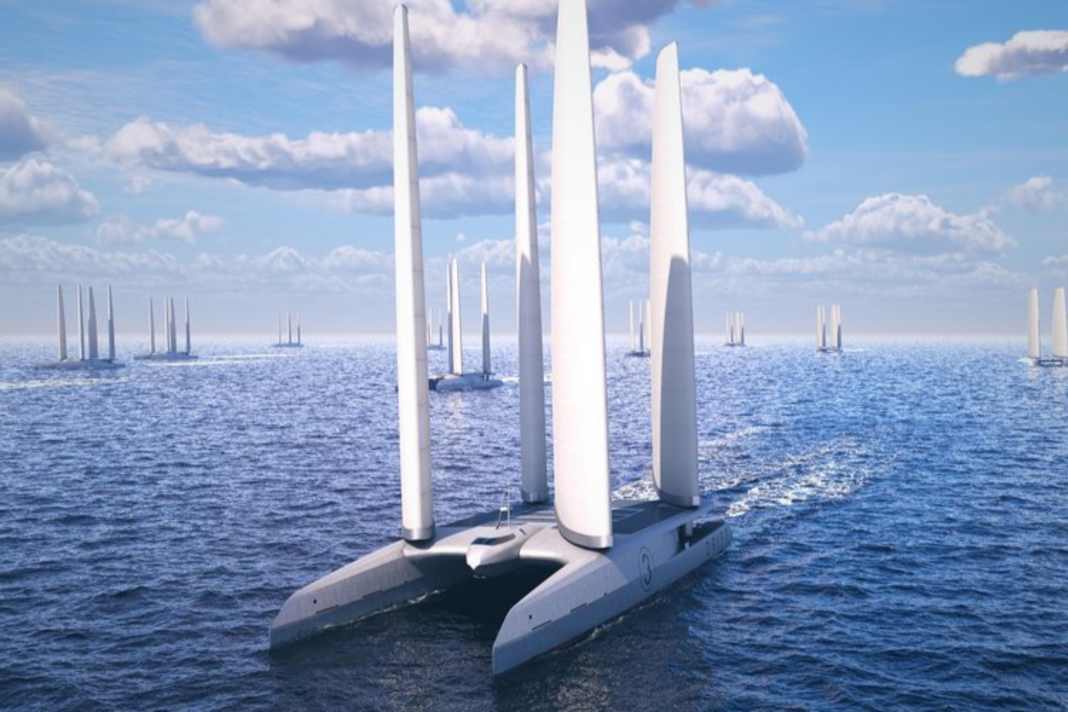H2 power plants at sea: Superyachts to revolutionise the energy transition
Fabian Boerger
· 11.11.2024






The energy start-up Drift is planning to use high-tech sailing yachts to generate clean energy and transport it using artificial intelligence. This solution is intended to meet the growing demand for clean hydrogen. Entire fleets of such power plant superyachts are to operate on the world's oceans. The company expects to start building the first ship in 2025; the first superyachts could then be ready for use between 2027 and 2028. According to Drift, potential customers include yacht owners, shipping companies and even small island states.
Drift yachts: Power station and supplier at the same time
The idea is as follows: Specially developed catamarans sail wind-powered across the oceans. These ships are 58 metres long and have two hulls that are connected by a deck equipped with solar modules. They also have four vertical hydrofoils. Large hydrogen generators are installed under water to produce electricity while travelling. This electricity is crucial for subsequently producing green hydrogen with the help of electrolysers.
The hydrogen is stored in standardised 40-foot tanks below deck, which can be easily replaced. Alternatively, the hydrogen can be pumped from the ship via pipelines. There are two scenarios for unloading: Either the hydrogen is unloaded in harbours or transferred directly at sea. Similar to bunker ships, other ships could be refuelled in this way.
The key advantage is that the drift ships will utilise AI-controlled route planning. This ensures that the ships always sail under optimal weather conditions. This allows them to generate electricity and release it at the right time, for example when capacity is exhausted, either on land or to another ship.
More about sustainability:
150,000 kilos of hydrogen per charge
At least that is the plan. The project is still at an early stage of development. However, the figures already give an initial idea of what should be possible with the catamarans. According to the figures, the 58-metre-long ship should be able to generate one to two megawatts of electricity. This in turn enables the production of 150,000 kilograms of hydrogen. By way of comparison, a typical fuel cell system for vehicles requires around 5 to 10 kg of hydrogen to achieve a range of 500 to 700 kilometres. A single charge of the superyacht could power thousands of vehicles simultaneously.
Further sustainability projects:
More and more investors in Drift
Whether the project will be realisable remains to be seen when the superyachts actually go into production. However, the project idea seems to be so promising that more and more investors are showing interest in Drift. In August, the company announced that it had received funding totalling GBP 4.65 million. The investors are the British holding company Octopus Ventures and Blue Action Accelerator, a platform for stakeholders in the marine industry. These funds are intended to help the company build its first high-tech vessels. Additional help is also coming from the British government via the innovation agency Innovate UK.
